BACK TO finale_winnerS
AYDA Designer of the Year
18+1 SEWING PLAN
18+1 Sewing plan文山窑的 18+1 缝合计划Huang LinghuaGreen tiles and bricks used to be the essential building materials for traditional dwellings in many regions of China. Wenshan Village in Nantong Town, Minhou County, is located in an area with suitable soil for making high-quality bricks and tiles, and enjoys superior geographical conditions. For hundreds of years, many […]
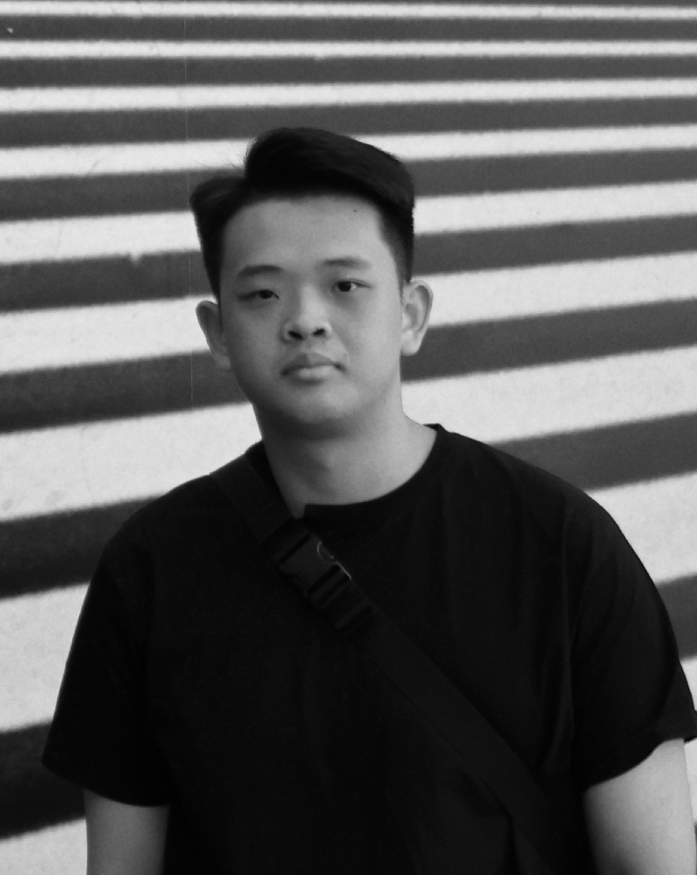
18+1 Sewing plan
文山窑的 18+1 缝合计划
Huang Linghua
Green tiles and bricks used to be the essential building materials for traditional dwellings in many regions of China. Wenshan Village in Nantong Town, Minhou County, is located in an area with suitable soil for making high-quality bricks and tiles, and enjoys superior geographical conditions. For hundreds of years, many traditional manual brick and tile kiln factories have gathered here, making Wenshan Village renowned and "Wenshan Kiln" well-known far and wide. The "green bricks and tiles" produced here were once used as the main material for restoring the Sanfang Qixiang area, making significant contributions to the restoration of cultural heritage sites in Fuzhou. However, with the constraints of the market and policies, Wenshan Kiln gradually faded from the market.
Today, Wenshan Kiln is completely abandoned, and there are a series of problems such as "partial damage to kilns", "economic depression", and "great psychological disparity among villagers". This proposal proposes the "sewing" strategy, and from it, "physical sewing" and "mechanical sewing" are derived. Firstly, the degree of damage to kilns is classified, and "physical sewing" is implemented for damaged kilns, that is, architectural design, while for intact kilns, the strategy of internal renewal is adopted, that is, interior design. Secondly, the four parts of "policy", "economy", "industry", and "culture" are sewn together mechanismally. Finally, the two strategies are connected through the concept of "ceramic art". In terms of form, the six steps of "taking soil", "drying clay", "forming pieces", "loading kilns", "firing kilns", and "removing kilns" are translated, extracted, restructured, and derived to create 18 corresponding functional areas that integrate into the site, maximizing the complexity of the site's functions.
This proposal updates and renovates the site through two sewing strategies, hoping to create a landscape building that is "viewable", "playable", and "restful", while restoring the heritage site and promoting the progress of urban stock quality improvement and renovation.
(Note: Since the Y4 firing workshop is the only remaining single kiln among the 19 kilns, the subsequent design part is not included. Therefore, the number of kilns in the design part is 18.)
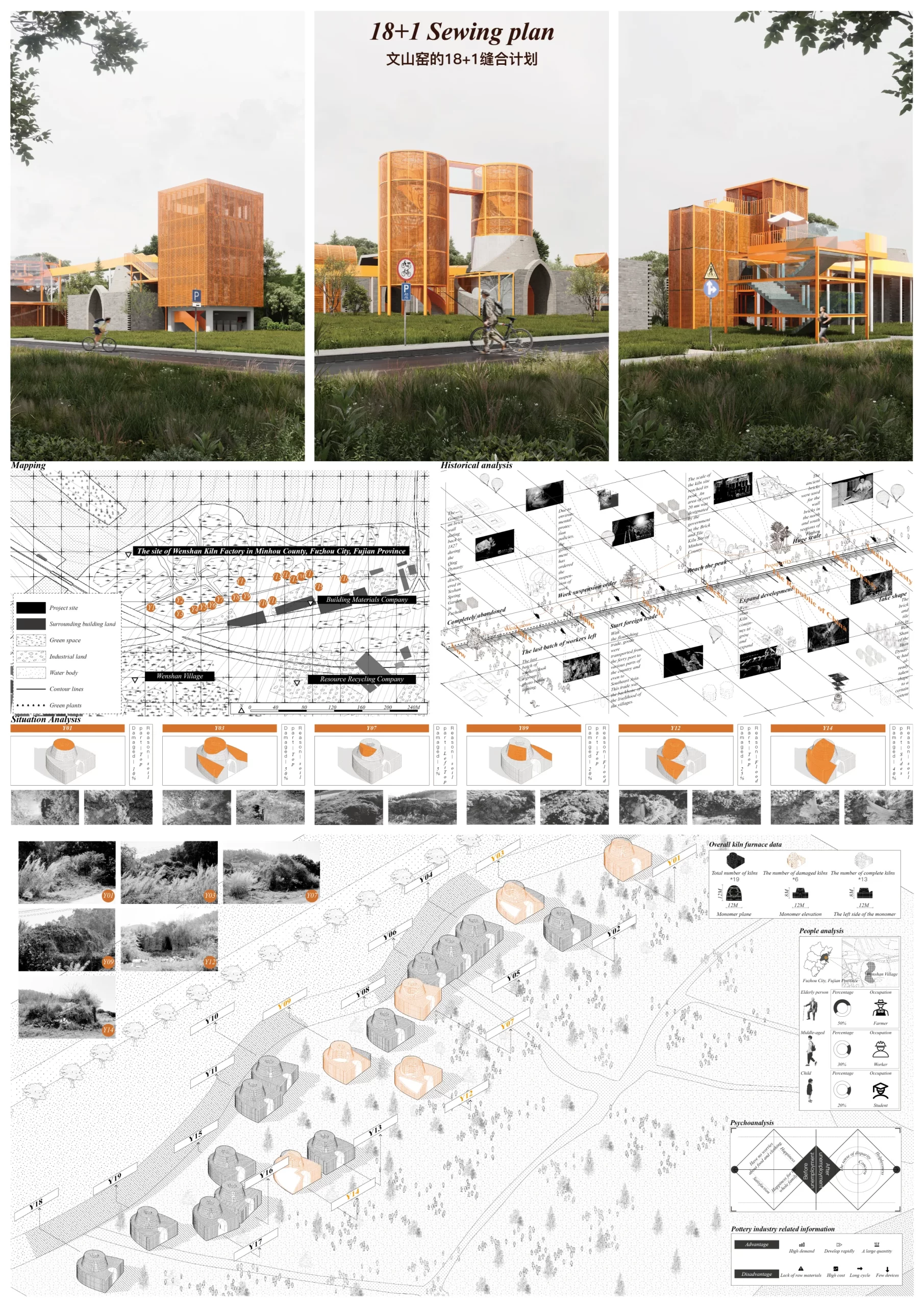
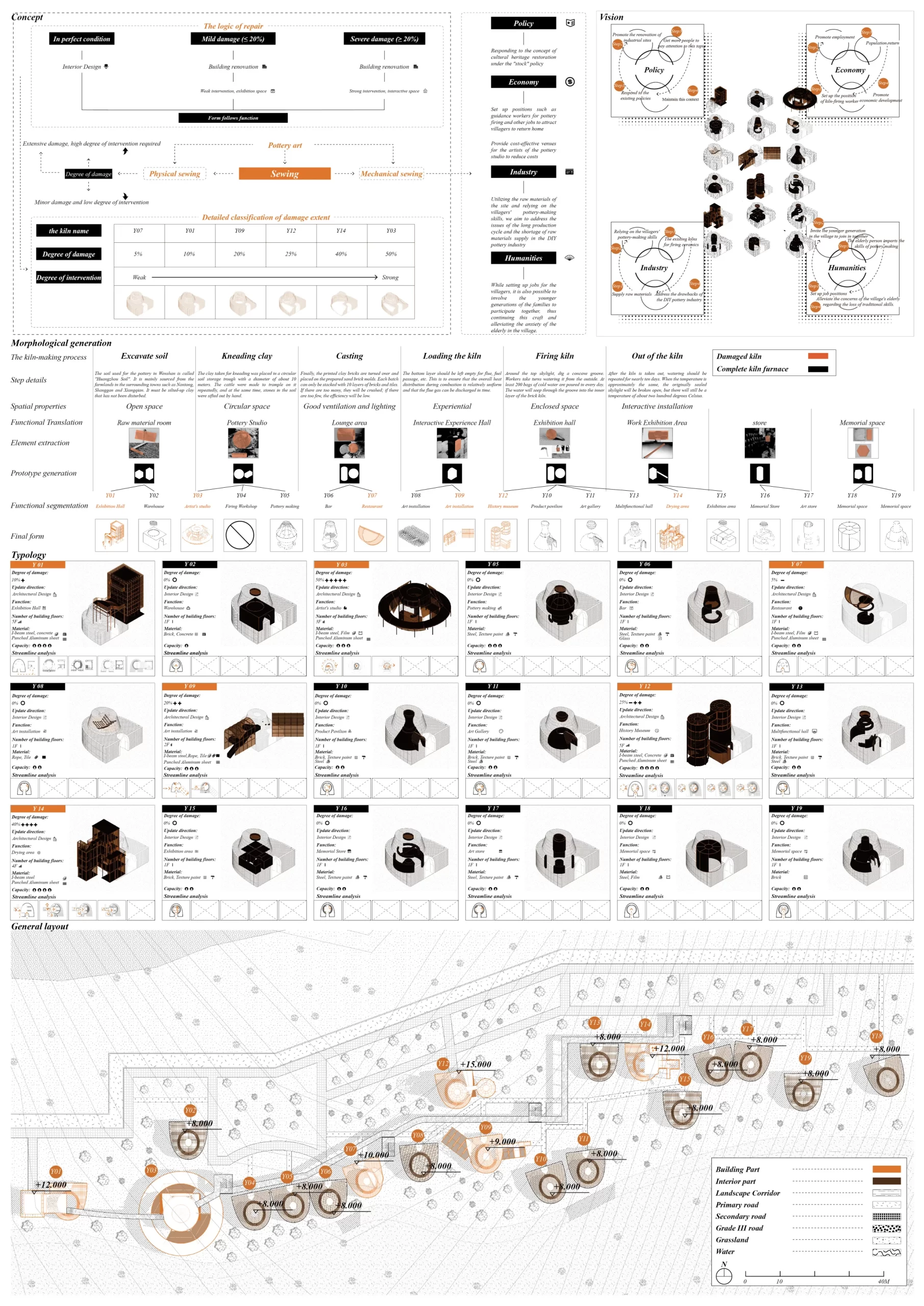
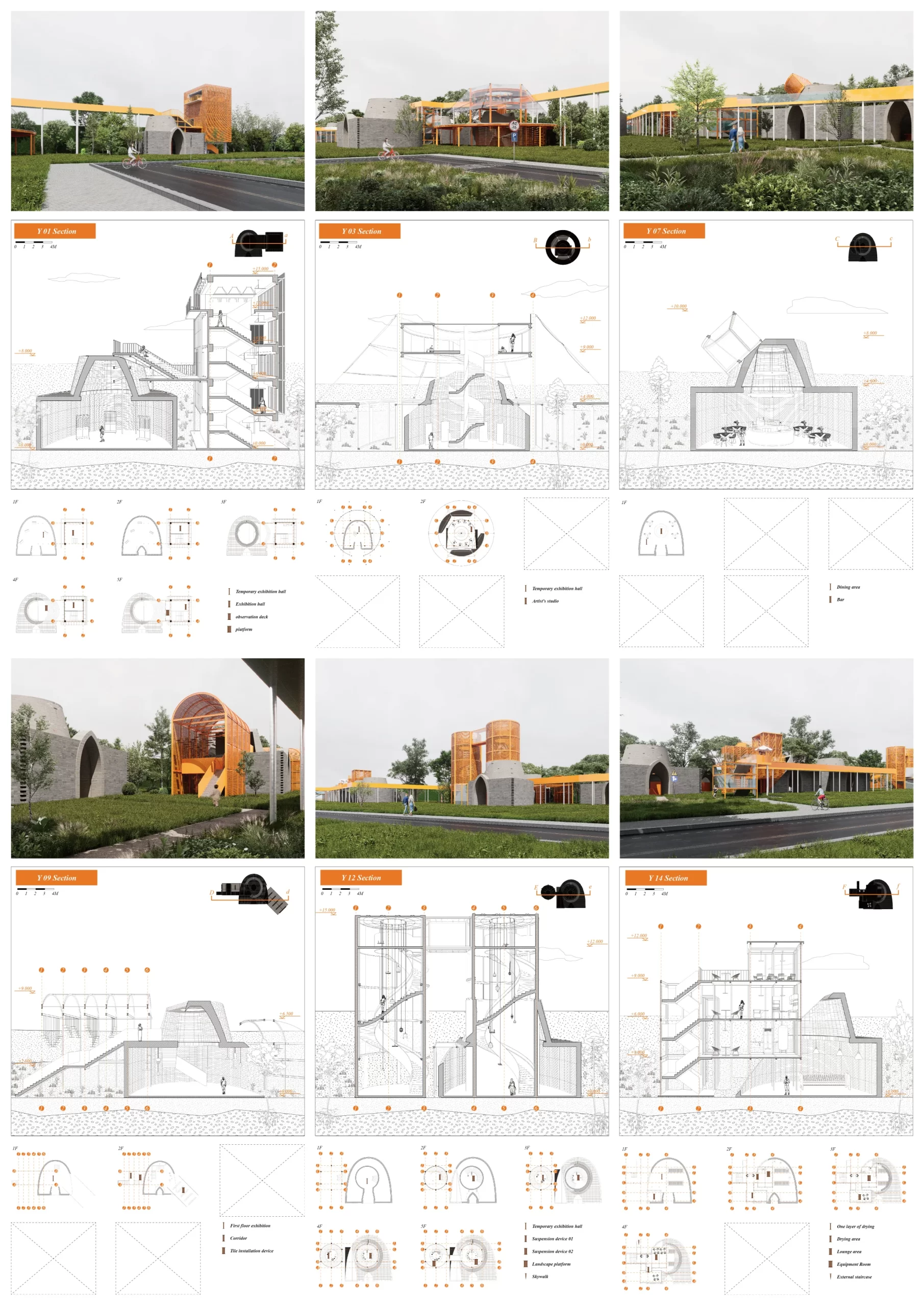
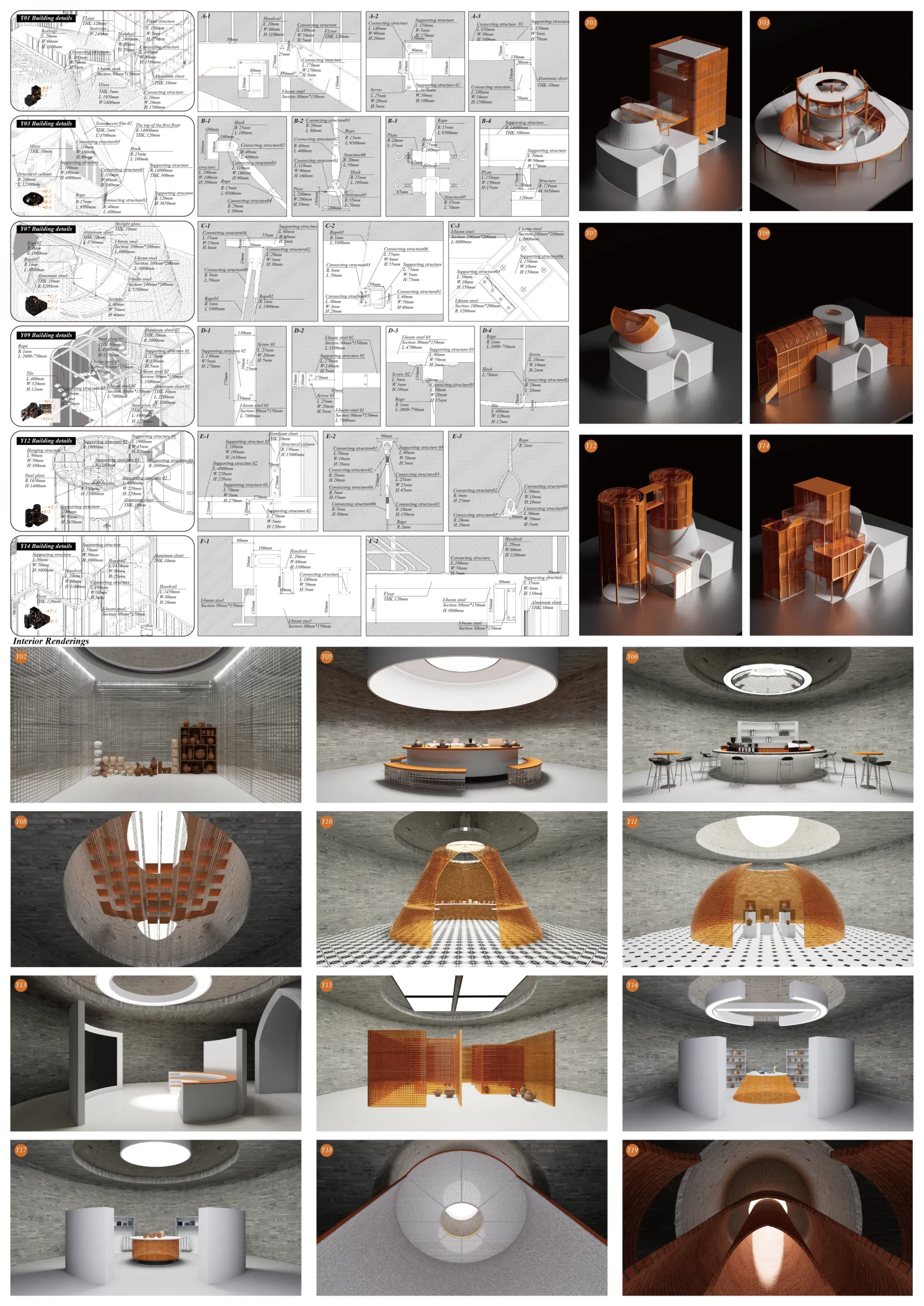
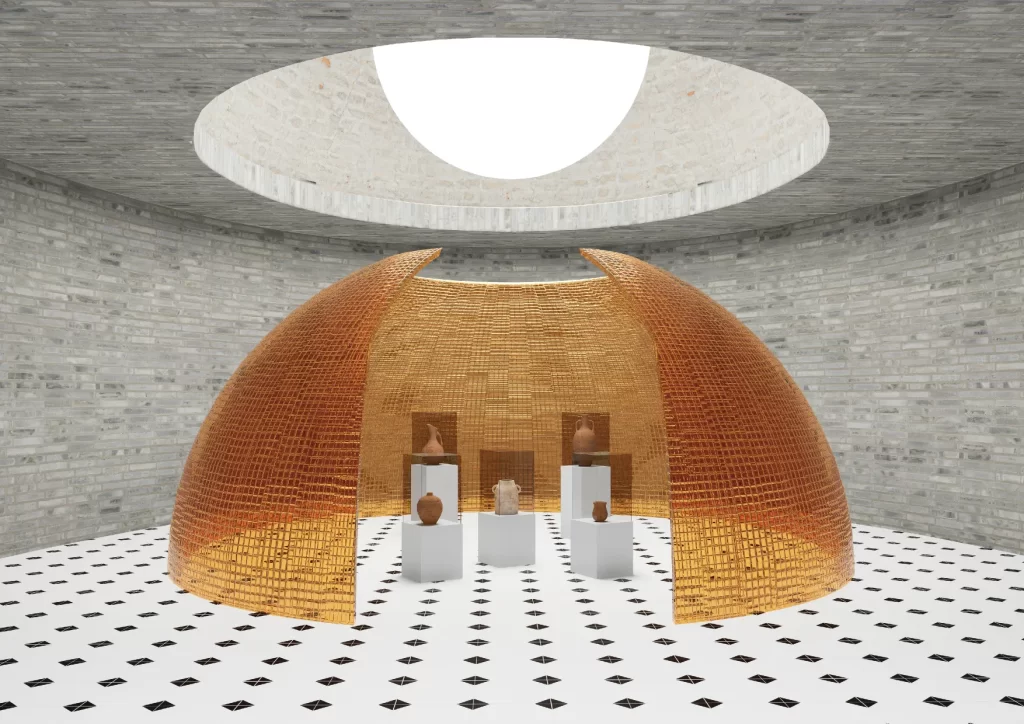
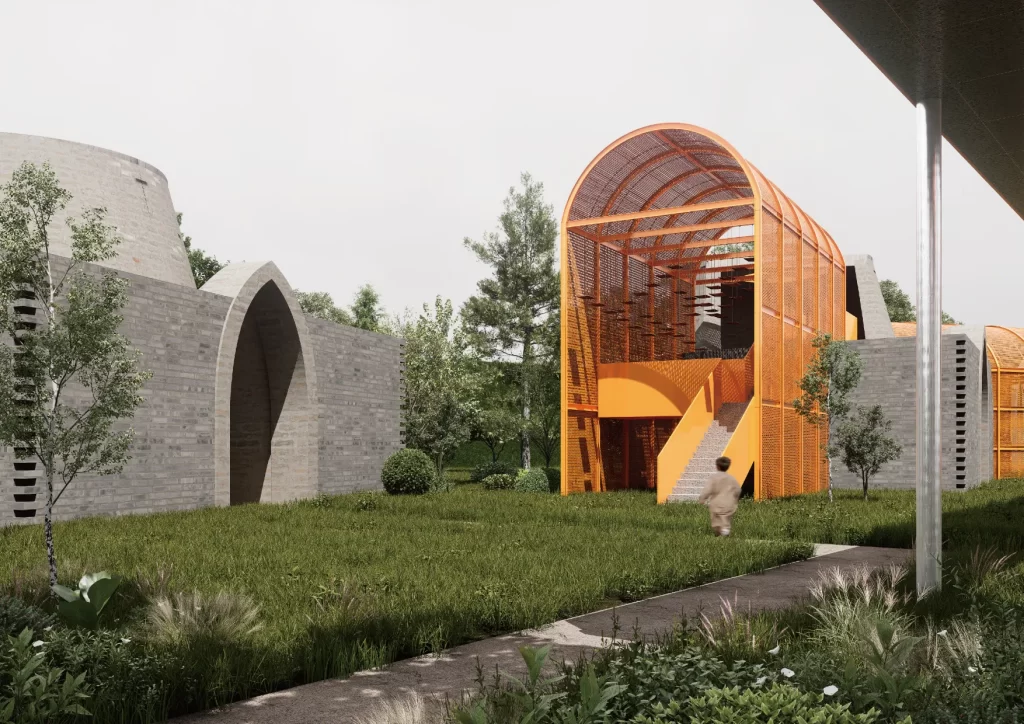
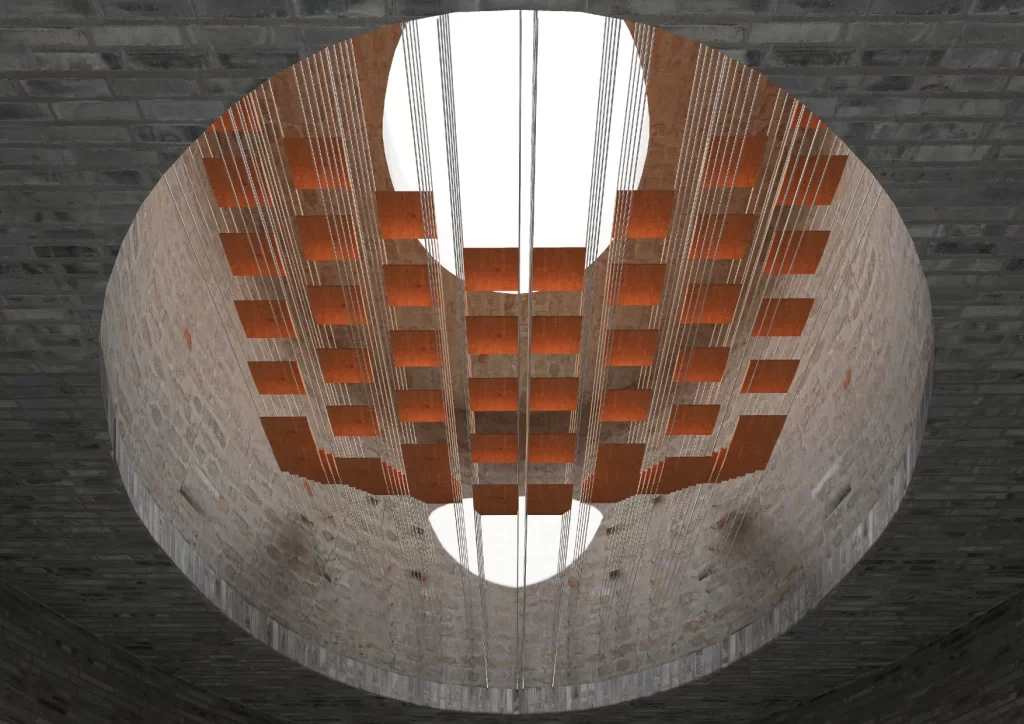
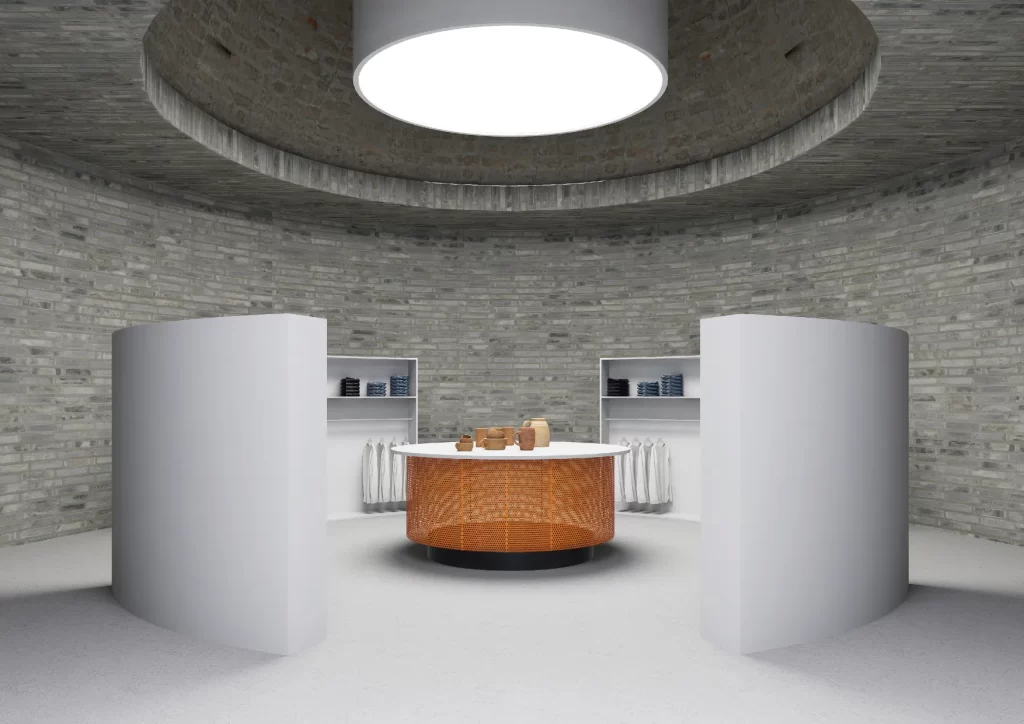
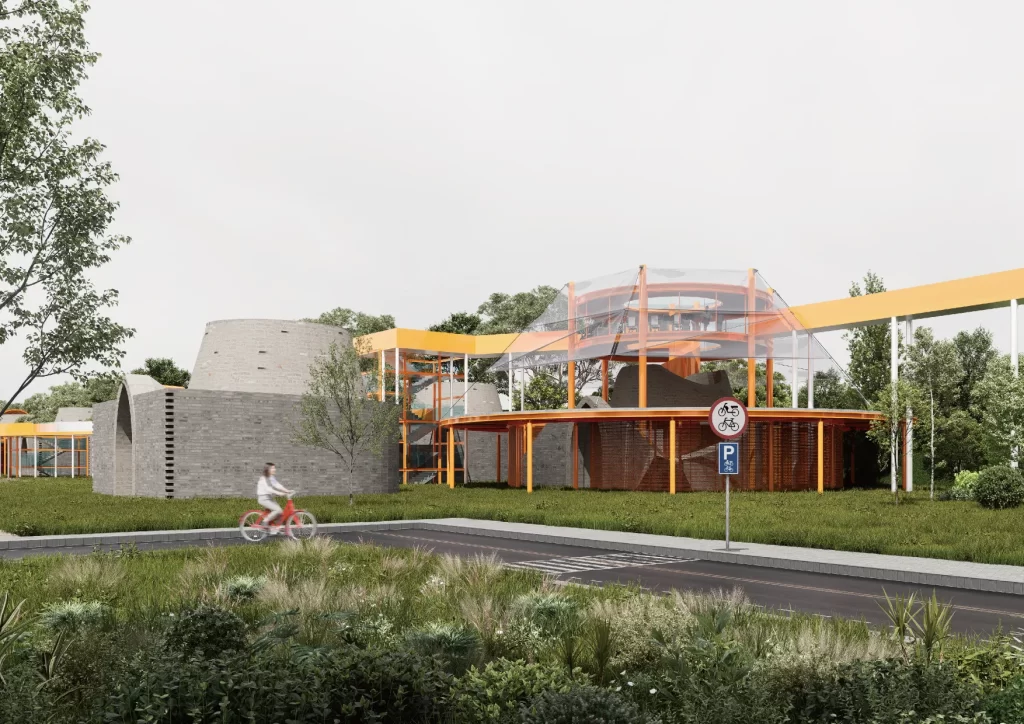
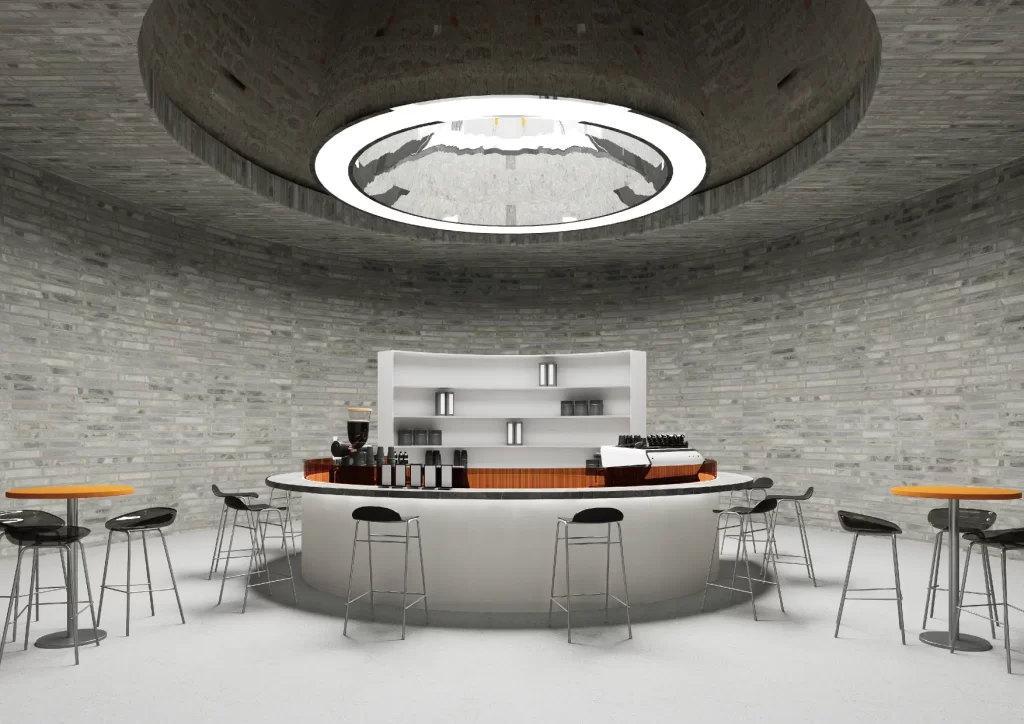
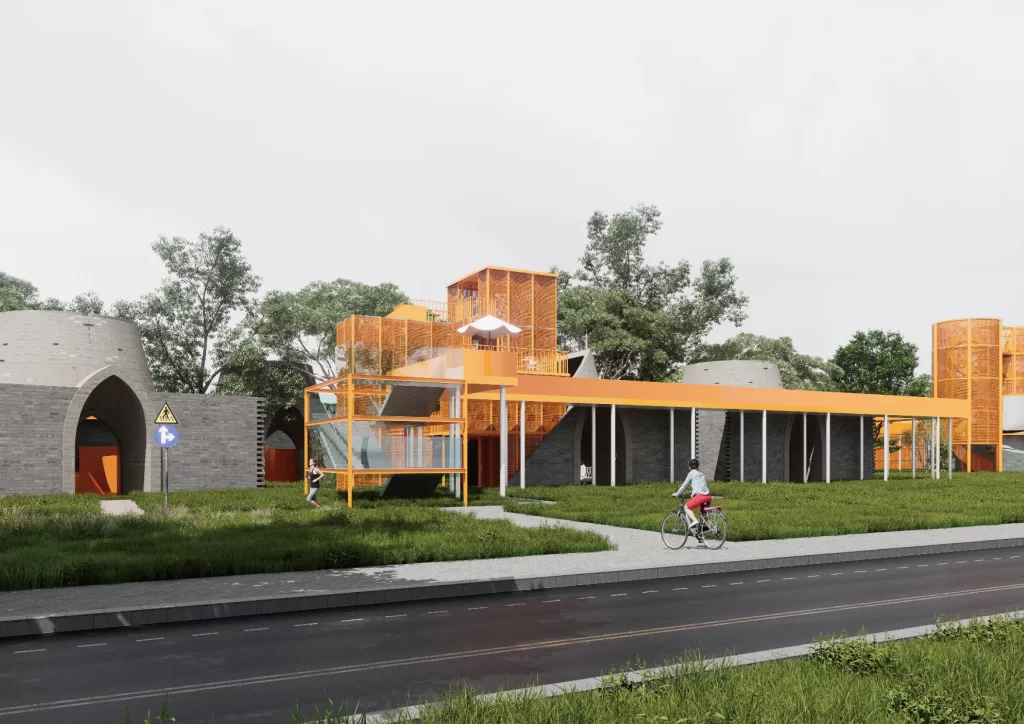
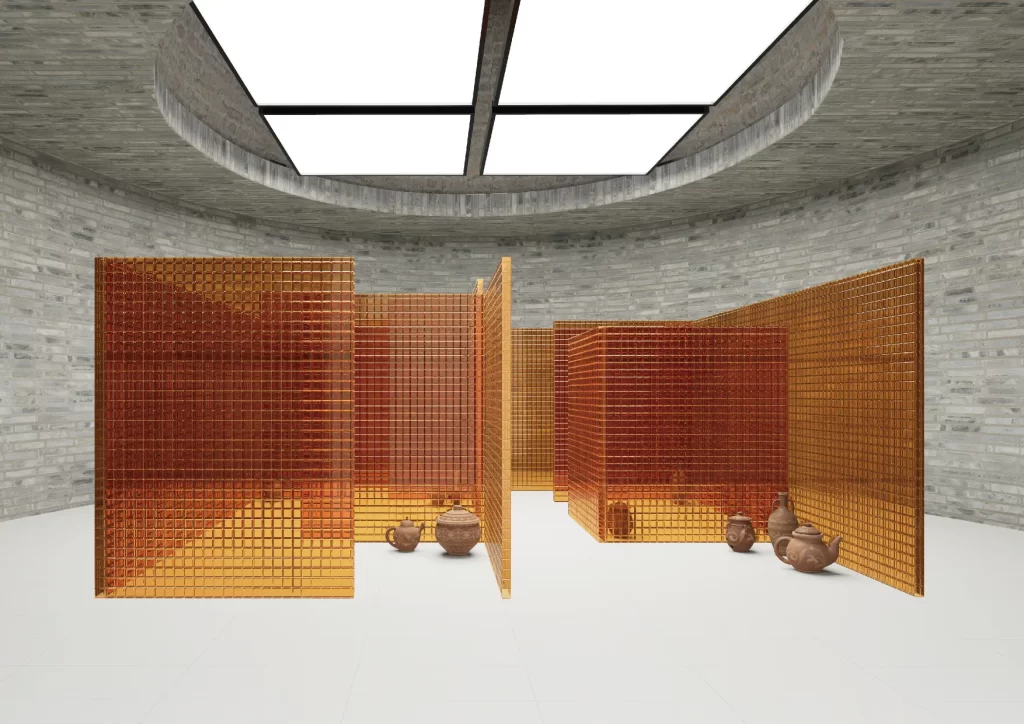
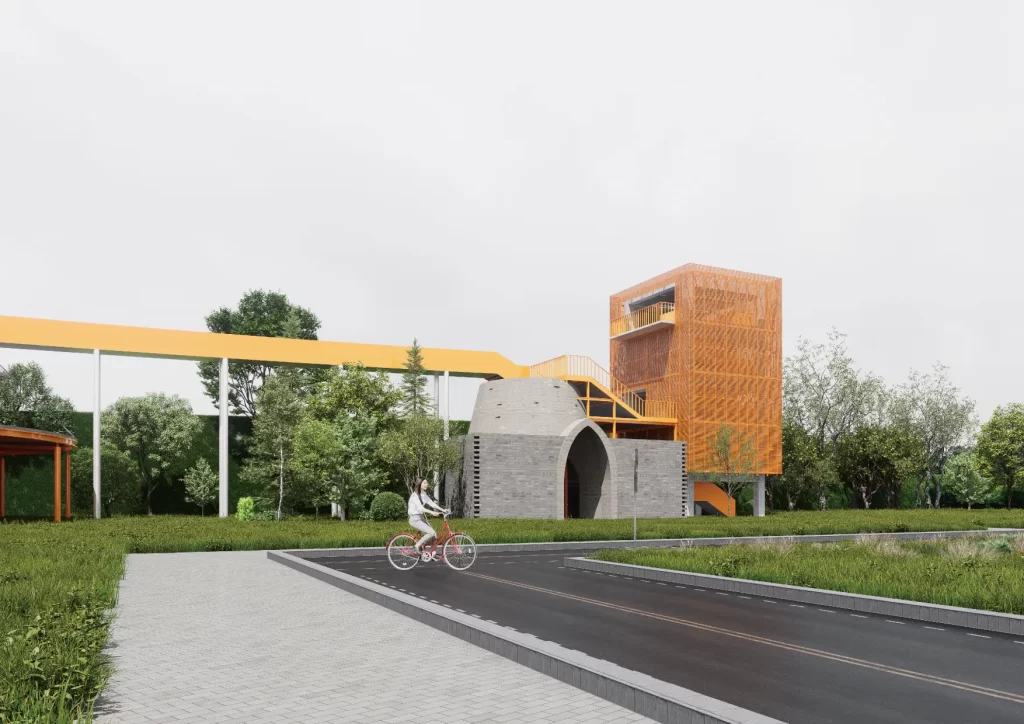
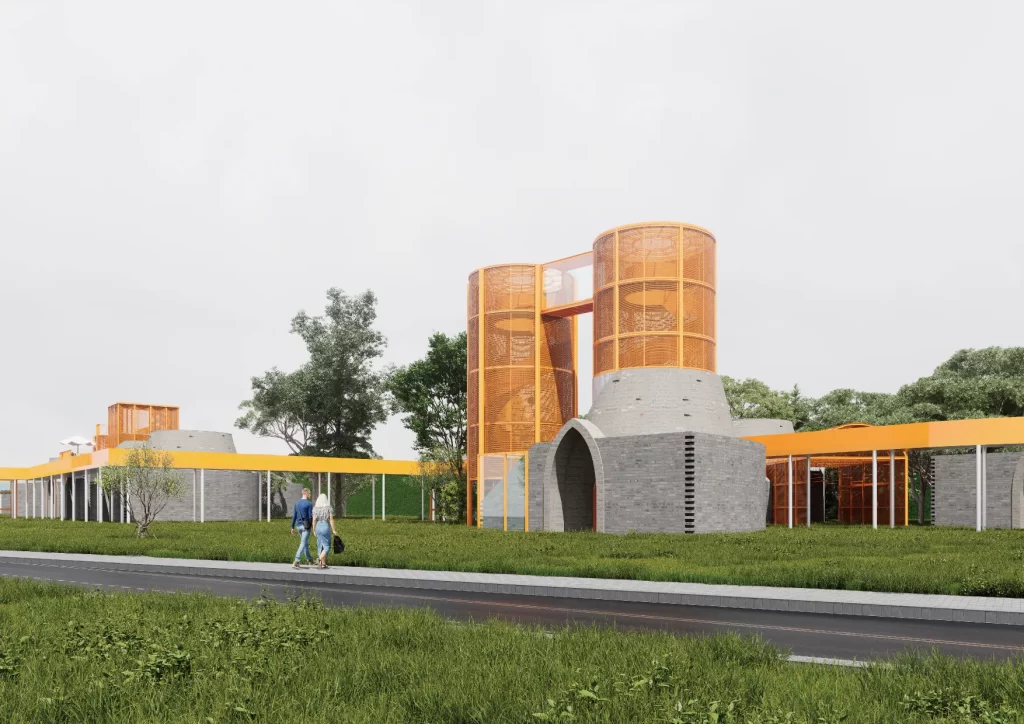
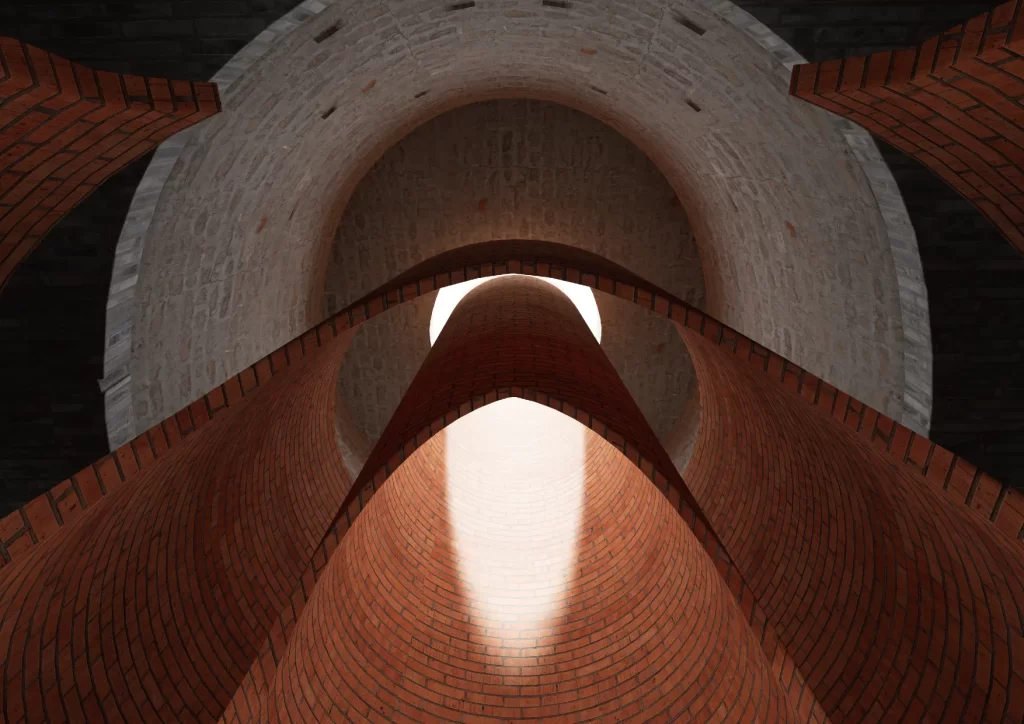
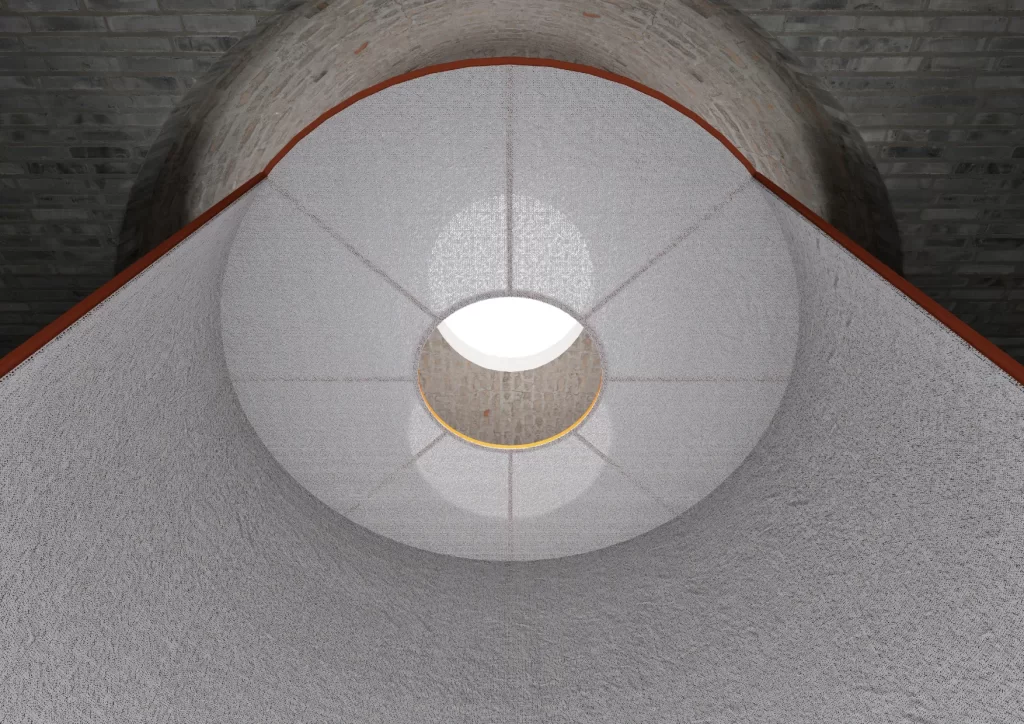
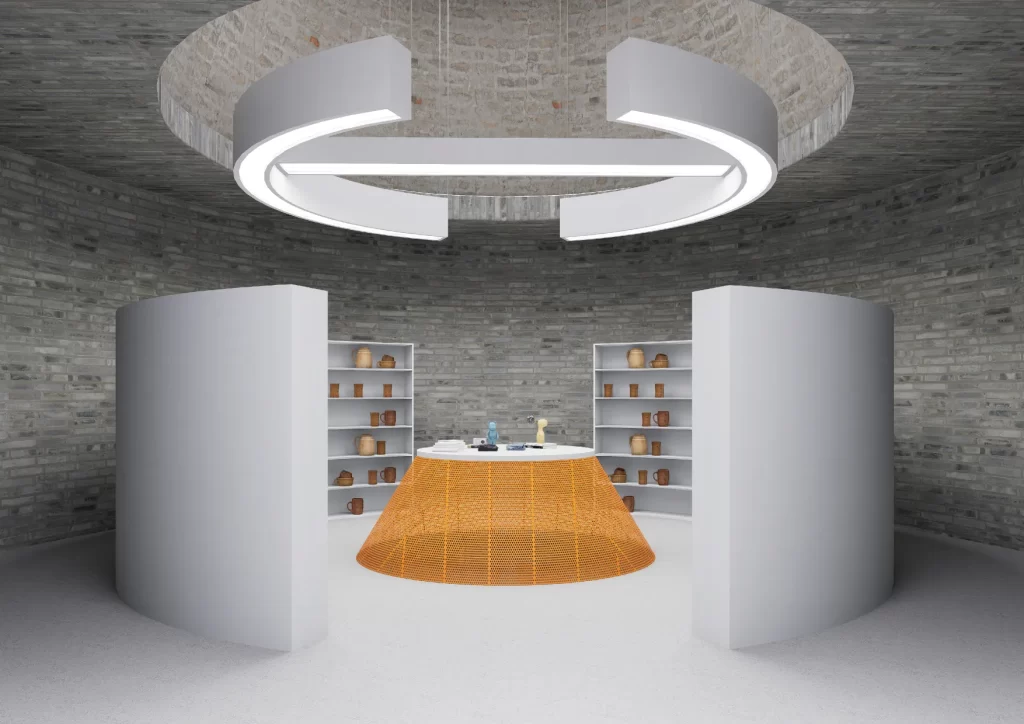
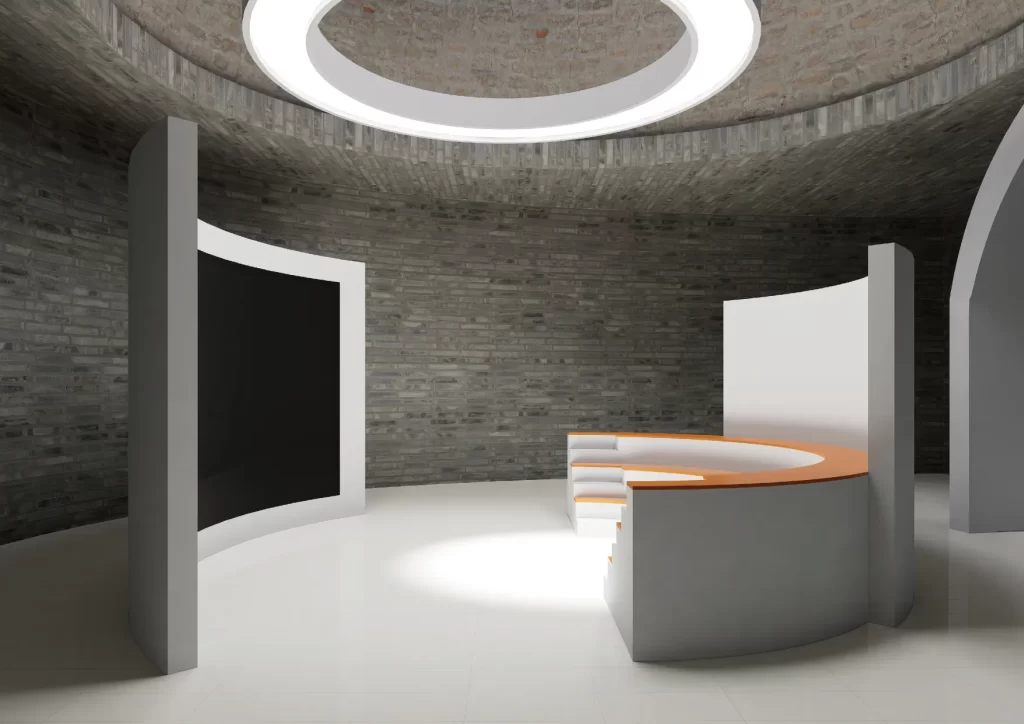
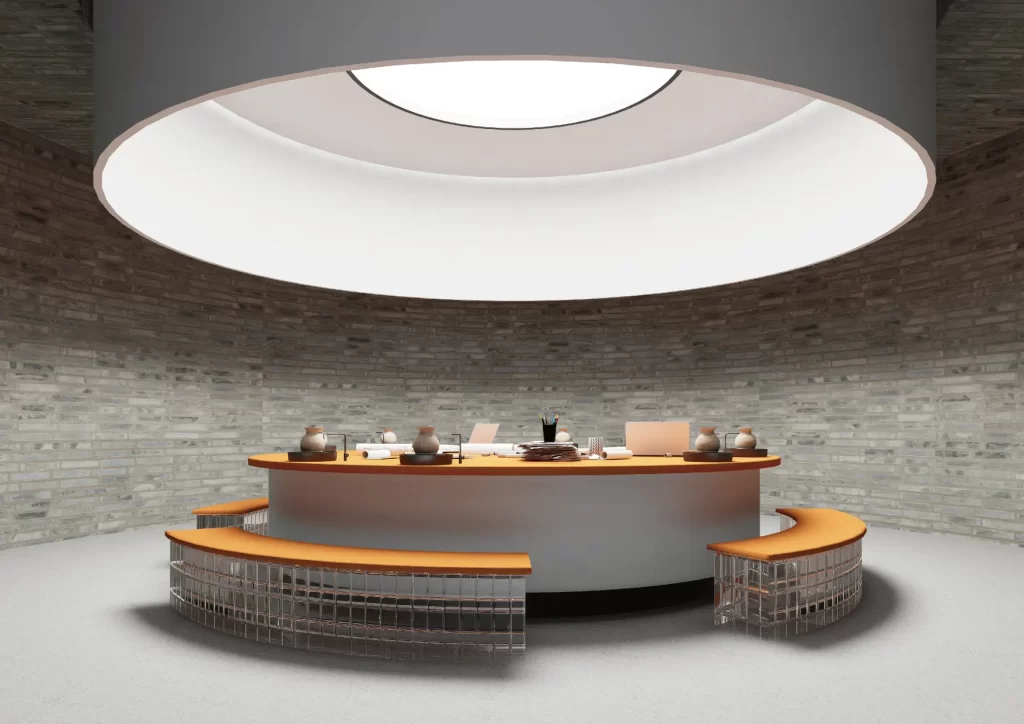
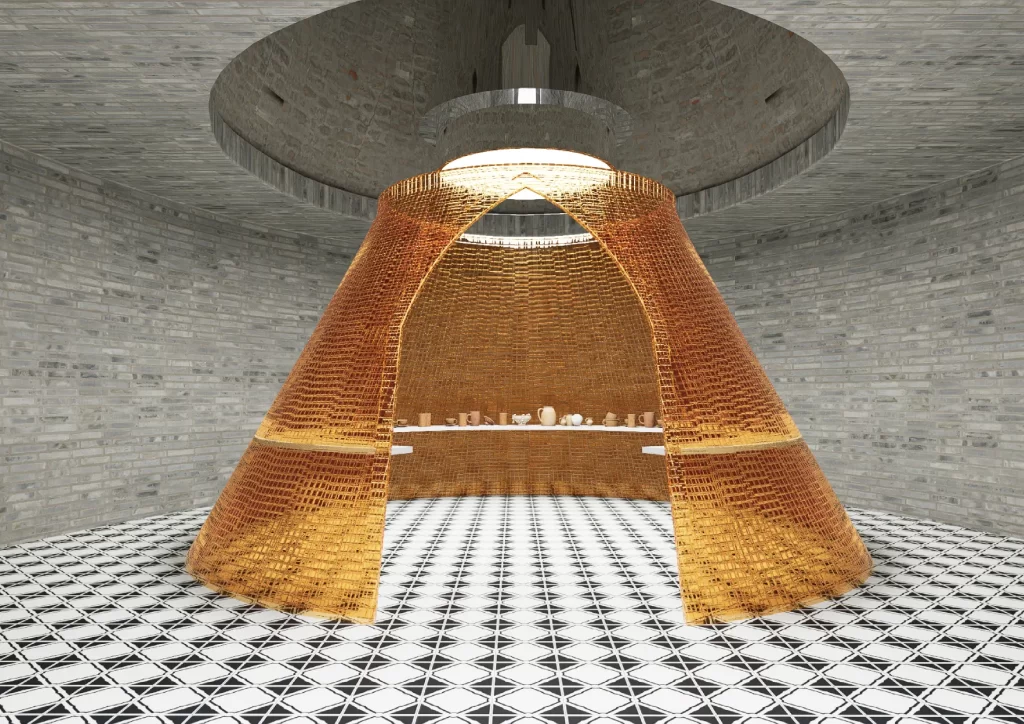
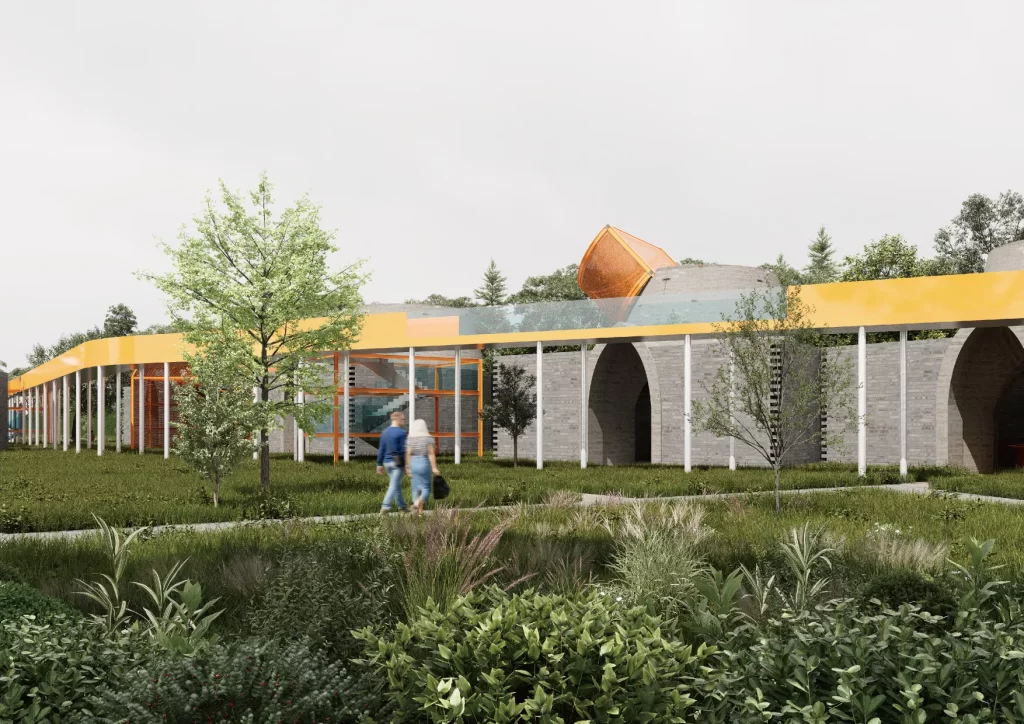
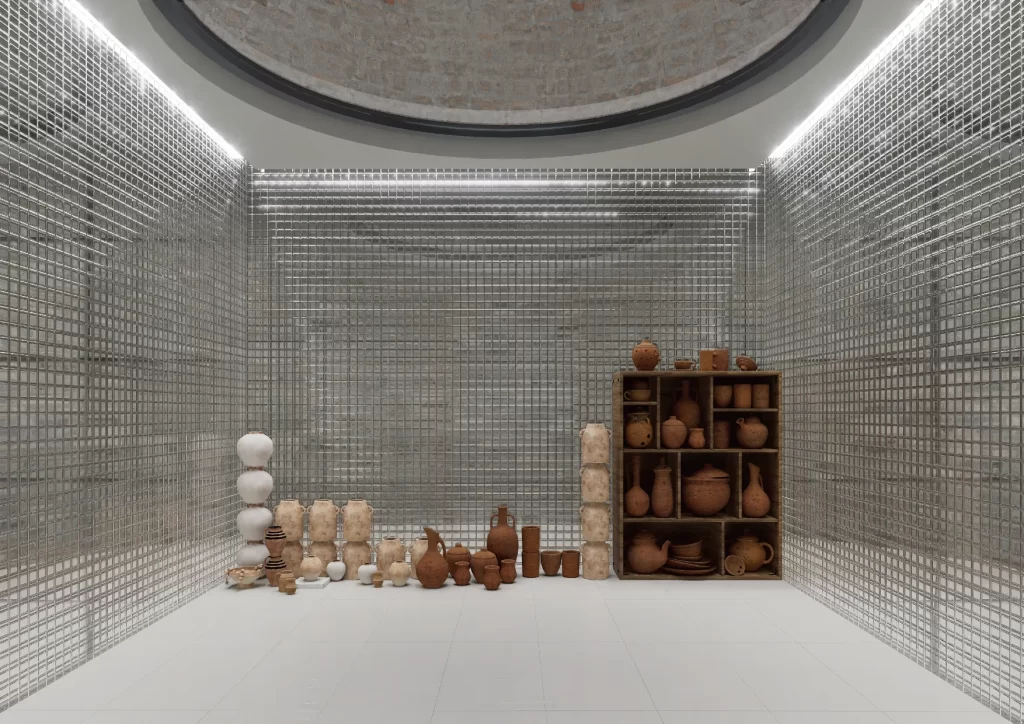
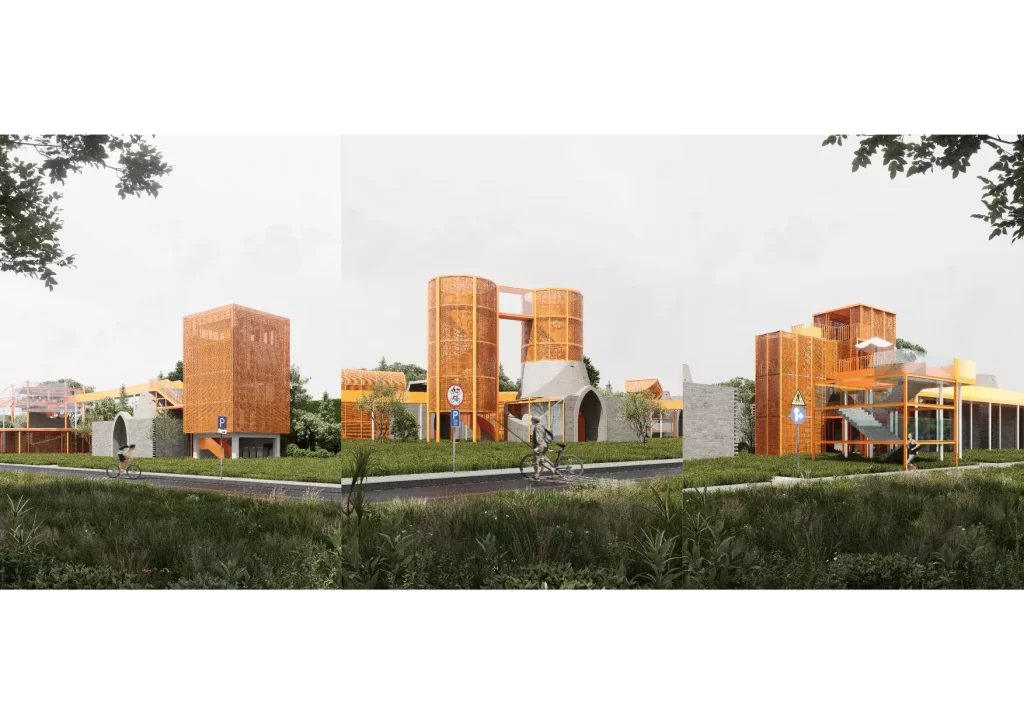
Showcase your design to an international audience
SUBMIT NOW
Image: Agrapolis Urban Permaculture Farm by David Johanes Palar
Top
18+1 Sewing plan
文山窑的 18+1 缝合计划
Huang Linghua
Green tiles and bricks used to be the essential building materials for traditional dwellings in many regions of China. Wenshan Village in Nantong Town, Minhou County, is located in an area with suitable soil for making high-quality bricks and tiles, and enjoys superior geographical conditions. For hundreds of years, many traditional manual brick and tile kiln factories have gathered here, making Wenshan Village renowned and "Wenshan Kiln" well-known far and wide. The "green bricks and tiles" produced here were once used as the main material for restoring the Sanfang Qixiang area, making significant contributions to the restoration of cultural heritage sites in Fuzhou. However, with the constraints of the market and policies, Wenshan Kiln gradually faded from the market.
Today, Wenshan Kiln is completely abandoned, and there are a series of problems such as "partial damage to kilns", "economic depression", and "great psychological disparity among villagers". This proposal proposes the "sewing" strategy, and from it, "physical sewing" and "mechanical sewing" are derived. Firstly, the degree of damage to kilns is classified, and "physical sewing" is implemented for damaged kilns, that is, architectural design, while for intact kilns, the strategy of internal renewal is adopted, that is, interior design. Secondly, the four parts of "policy", "economy", "industry", and "culture" are sewn together mechanismally. Finally, the two strategies are connected through the concept of "ceramic art". In terms of form, the six steps of "taking soil", "drying clay", "forming pieces", "loading kilns", "firing kilns", and "removing kilns" are translated, extracted, restructured, and derived to create 18 corresponding functional areas that integrate into the site, maximizing the complexity of the site's functions.
This proposal updates and renovates the site through two sewing strategies, hoping to create a landscape building that is "viewable", "playable", and "restful", while restoring the heritage site and promoting the progress of urban stock quality improvement and renovation.
(Note: Since the Y4 firing workshop is the only remaining single kiln among the 19 kilns, the subsequent design part is not included. Therefore, the number of kilns in the design part is 18.)






















